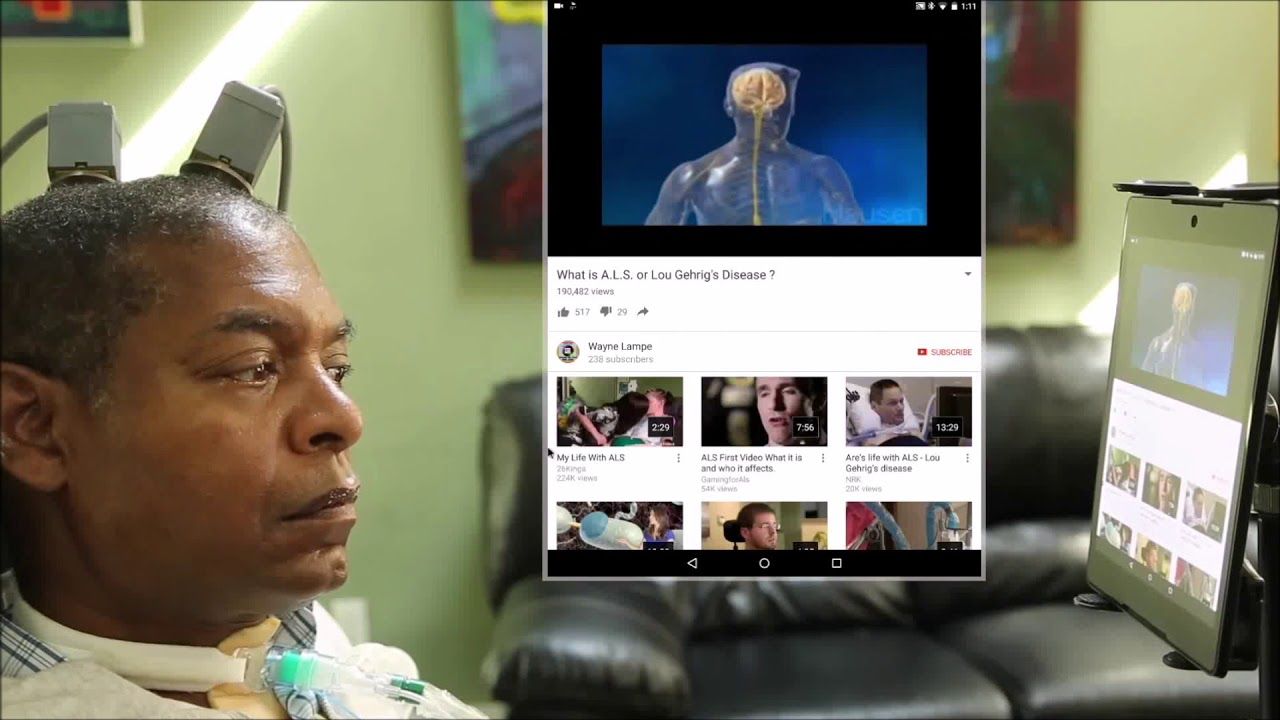In a collaborative study presented by scientists primarily affiliated with Stanford and Brown Universities, participants suffering from significant paralysis were successfully able to use non-modified applications on an Android tablet using their brain waves. In previous studies, “point-and-click” computer functionality interpreted from these kinds of signals has been accomplished, but the applications available to participants was limited to software and devices that had been specialized and personalized for users’ specific needs. This study has demonstrated technology that overcomes this limitation and enables access to the full range of software available to non-disabled users. Participants enjoyed applications previously unavailable to them such as streaming music services and a piano keyboard player.
To accomplish the study’s objectives, scientists capitalized and combined existing technologies for their unique end. Brain waves from participants’ brain implants were sent to a commercially available recording system and then processed and decoded by an existing real-time interpreter software. The decoded data was then transmitted to a Bluetooth interface configured as a wireless mouse which was paired to an Android tablet. While the steps to accomplish the task at hand are many, the result somewhat resembles telepathy but largely resembles greater accessibility for the disabled.
